Anxiety is at an all-time high as we navigate a global pandemic, many of us locked down alone, without access to our usual networks of family and friends. According to a 2020 study by the American Psychological Association, 74% of psychologists treating anxiety disorders reported an increase in demand for care during the year.
Anxiety is a normal physiological response to dangers in our environment, and it keeps us safe. But what does it mean when our worries or fears are no longer temporary, and we can’t seem to shut them off? We have compiled a list of the most common anxiety disorders, and some of their symptoms, here. If you recognize some of these symptoms in yourself or a family member, remember, you are not alone and you can and will feel better with the right help.
Anxiety disorder
Occasional anxiety is part of everyday life. It’s normal to feel worried before a big exam, nervous before a first date or anxious about important life events, however, when our anxiety response gets in the way of everyday activities and interferes with our enjoyment of life, it could be time to ask for help.
The National Institute of Mental Health says that more than 30% of adults in the United States experience an anxiety disorder during their lifetime, and approximately 4.4 million children aged 3-17 years currently have diagnosed anxiety.
The major types of anxiety disorders include:
Generalized anxiety disorder which is characterized by constant, debilitating worry about everyday things like health or finances, and a general sense that something bad is going to happen. A person with generalized anxiety may have trouble sleeping, and be irritable, restless and have poor concentration.
Social anxiety disorder is when everyday interactions, such as work, school or social gatherings, cause significant anxiety, self-consciousness and embarrassment and a fear of being judged by others. Social anxiety can be very disruptive, as people often avoid situations and activities that are part of everyday living.
Panic disorder, which sees people suffer recurrent panic attacks – sweating, a feeling of choking or breathlessness, and a pounding heart – without warning and in response to activities that could be considered part of everyday life. A person with panic disorder may go to great lengths to avoid situations that could cause an attack.
Obsessive compulsive disorder, which is characterized by obsessions - uncontrollable thoughts, urges or mental images that cause anxiety - and compulsions, behaviors that a person feels a strong urge to repeat over and over. Obsessive compulsive disorder is distressing and time-consuming and can do significant damage to relationships between an individual and their family and close friends.
Phobias are intense, distressing fears about objects (such as spiders) or situations (such as air travel) that goes beyond the level of fear or discomfort experienced by most people, and that interferes with daily routines as a person tries to avoid the object of their phobia.
Post-traumatic stress disorder, which develops in some people after they have been exposed to a dangerous or traumatic situation. Sometimes months or years after the initial event, a person can begin to experience symptoms such as flashbacks, nightmares or frightening thoughts severe enough to interfere with relationships or work.
Will I ever feel better?
Anxiety will not go away on its own, and may actually get worse with time, but the good news is that anxiety disorders are manageable with the right treatment. You can feel better.
Depending on your unique symptoms, your doctor may recommend medication in conjunction with support from a psychotherapist. Psychotherapists help you people with anxiety understand how their thoughts contribute to their anxiety symptoms, and ways to change those thought patterns.
If you or your loved one is managing the symptoms of an anxiety disorder, we are just a phone call away. Contact Family Relations Intervention today for a confidential discussion about how we can help you be the best, and happiest, version of yourself.

